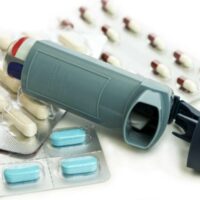Risk Factors for Asthma
The exact cause of asthma is unknown, but it is believed to be the result of a genetic component, as well as environmental factors. Based on this understanding, the following are several key risk factors that are believed to increase the likelihood of an individual developing asthma- Being obese or overweight. Having an allergy, including hay fever or atopic dermatitis. A history of the disease in your family. Being a smoker. Exposure to secondhand smoke. Exposure to pollution or exhaust fumes. Exposure to chemicals in the workplace (a risk faced by factory workers, hairdressers etc.) Miscellaneous urban environmental factors. Frequent use of antibiotics during formative years.
Read More 











